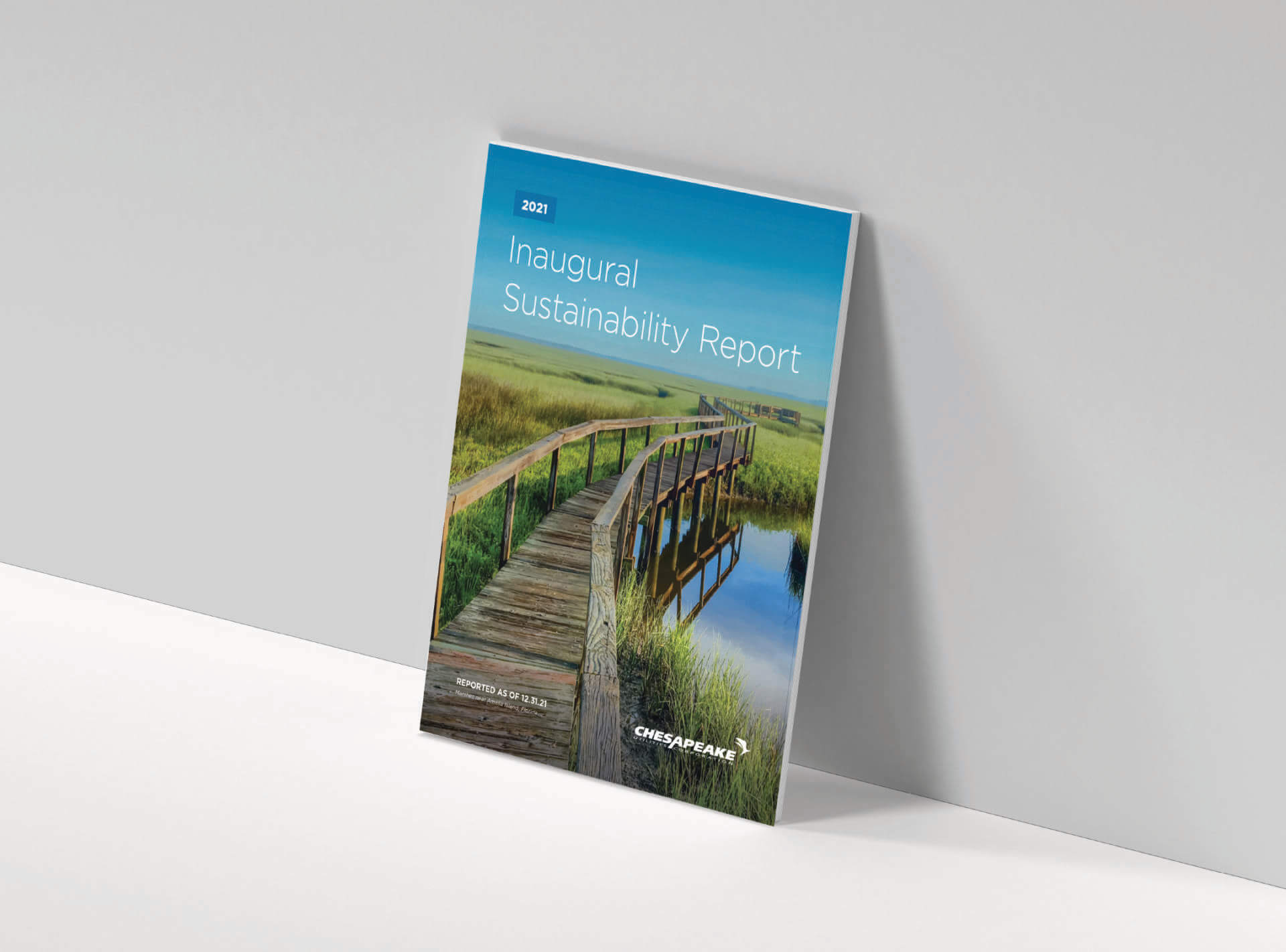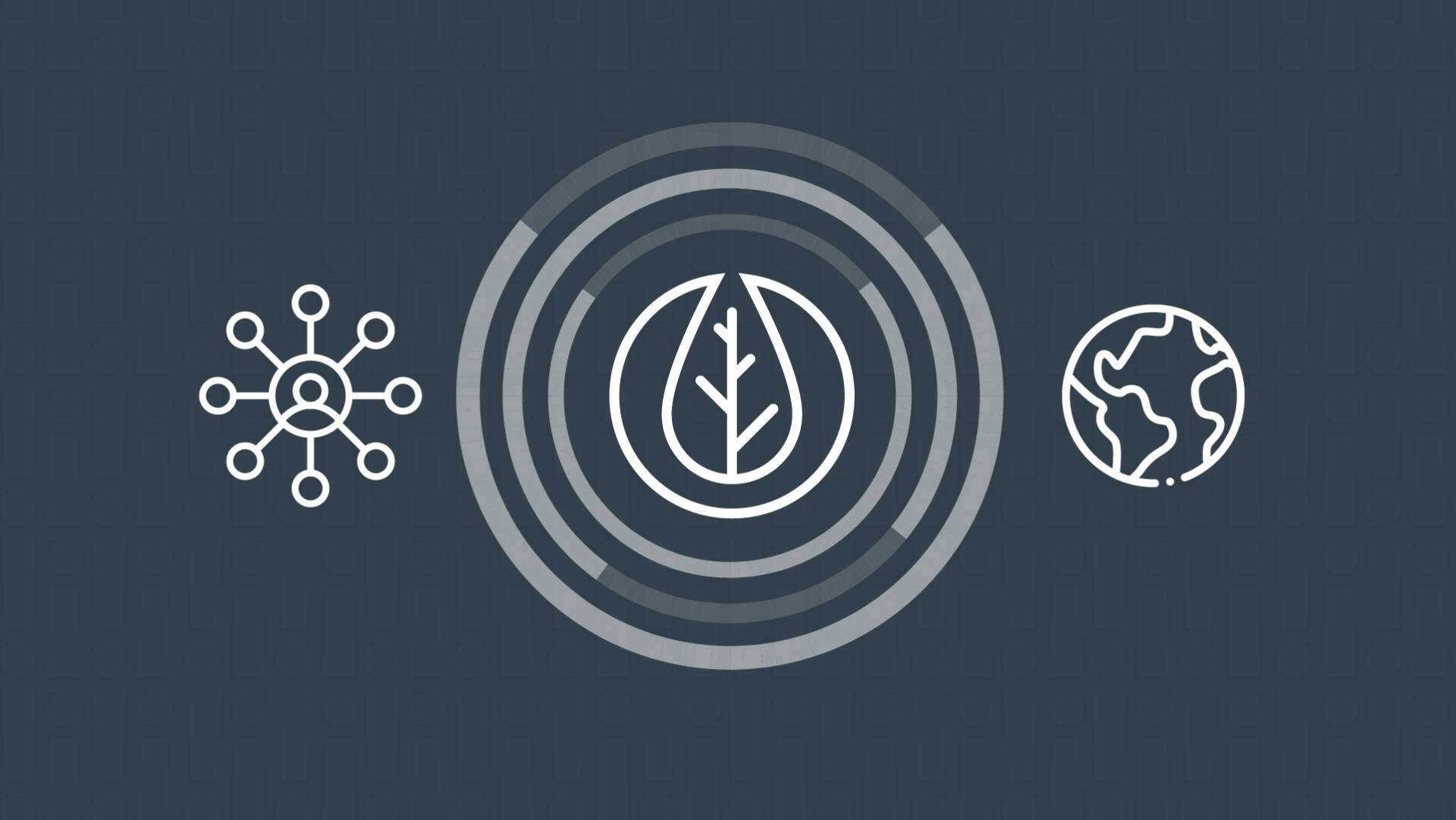How to Produce a Compelling Sustainability Report
Sustainability reports have become a staple for many companies, in order to demonstrate business stability and stay competitive in the market. However, as they become increasingly produced, there’s also an increase in the options available to create them. This leads to inconsistency and confusion about what information should be included and how it should be communicated.
Before those questions can be effectively answered, the organization has to first be aligned on what a sustainability report is and, conversely, what it isn’t.
What is a sustainability report?
Sustainability reports provide insight into a company’s operational practices and risks in three key areas:
- Environmental stewardship
- Social responsibility
- Corporate governance
As such, sustainability reports are also often referred to as “ESG reports.” The goal for these reports is to show key stakeholders (such as investors, customers and employees) that the company’s practices align with their values.
A sustainability report is not simply a report about a company’s environmentally conscious business practices, although it makes sense to cover those as a portion of the report. Instead, the report should holistically focus on making the case that the business itself is sustainable and positioned for longevity and growth — with data to substantiate those claims.
What should be included in a sustainability report?
Sustainability reports should share clear goals, actions required to reach those goals and progress made thus far. Additionally, it’s the perfect time for leadership to assess risks and identify opportunities to better align their business practices with current environmental and social best practices.
Some of the sections to consider including might be:
- A letter from the CEO: This letter should be an executive overview of the company’s ESG commitments, the purpose of this sustainability report, how the information was gathered, and what the results say about the company and its sustainability.
- ESG key takeaways: Provide the reader with key takeaways up front so — if they don’t have time to read the report cover to cover — they can still glean insight from it.
- Company overview: Outline who the company is, what it does, how long it has been in business, who it serves, how many employees it has, awards, and any notable numbers about its financial performance. This is also a good section to include the company’s mission, vision and values.
- Environmental stewardship: This section of the report could discuss what your current footprint looks like as a company. As a result of that environmental impact, what actions will you start, stop and continue?
- Social responsibility: Provide insight into the current makeup of your workforce in terms of ethnicity, race and gender at every level of the organization. You might also conduct an employee satisfaction survey and share any relevant findings. Based on the results, outline changes your company is making, such as organizational restructuring, updating recruitment processes, introducing programs that grow diverse leadership from within, and adopting new technology.
- Corporate governance: Discuss the checks and balances you have in place to ensure integrity and accountability is upheld at every level of the organization. Who oversees the business decisions made by executive leadership? Are committees involved and, if so, who are they and what is their role in the decision-making process?
- SASB insights: Provide industry-based sustainability disclosures about risks and opportunities that affect enterprise value.
- The future of the company: How does everything you’ve outlined within the sustainability report position the company for longevity and growth?
The above is by no means an exhaustive outline of all of the information that could or should be included in a sustainability report. It is, however, a jumping off point to help you get things underway.
What types of design elements should be used to help illustrate the report?
A well designed table or graph can help illustrate a key point more succinctly then a paragraph of text. As such, it’s important to ensure that visuals are incorporated throughout your text.
Some of the visuals to consider include:
- Headshots and photography of executives and employees (with their documented permission)
- Maps of territories (if applicable)
- Icons or symbols
- Pull quotes
- Call-out statistics
- Line graphs and pie charts
- Tables
- Sidebars with relevant facts
Some companies may opt to reach out to employees to request photos for consideration. In those instances, make sure they sign a photo release confirming they own the rights to the photo and approve its use in the publication and — potentially — any other marketing or advertising materials.
Additionally, consider assigning each section a color to help create an organized system. In that same vein, each section within the table of contents should be anchored to the corresponding section. This allows people to jump to a section of interest without having to scroll through the entire report.
Each section within the table of contents should be anchored to the corresponding section. This allows people to quickly jump to a section without scrolling through the whole report.
What’s the best way to distribute a sustainability report?
Internally, we joke about how ironic it would be to print thousands of sustainability reports — and then talk about environmental stewardship within the report. To show you’re truly “walking the walk,” it’s best to primarily distribute the report online.
When publishing the report, consider:
- Writing an email announcement (internally and externally), press release and social posts. A sustainability report takes a lot of time and effort to produce. Make sure it reaches all of the right audiences (such as investors, customers, employees, and relevant advocacy groups) by creating a distribution plan for who you want to see it and how you plan to get it to them (email, press release or social posts, for example).
- Creating a custom landing page. Introduce the sustainability report and what people can expect to gain from reading it. Optimize the landing page content for a target keyword people might search to find it via search (e.g. Google).
- Track downloads by creating an event goal in Google Analytics. “Events” are defined as any interaction with content that is not a page load, such as a download, link click or form submission. This can help you measure how many times the sustainability report was downloaded, especially if you don’t plan to gate the content behind an email submission form.
Of course, you may need to print a few select copies for your internal board of directors, which is understandable. Just make sure digital is the primary method of delivery overall.
Producing sustainability reports on an ongoing basis
As annual sustainability reports become an expectation from key stakeholders, companies will need a plan in place to produce them on a recurring basis. MTN, Inc. offers sustainability report design services and can help your company establish a custom template that can be revisited each year, like a jumping off point.
Additionally, we help our clients map out a project timeline, which outlines key milestones that need to reached to keep the project on track.
“We work closely with our client’s comprehensive ESG team members every step of the way to ensure the end result is informative, effective and accurate.” — Joanie DuPont, MTN partner, Senior Strategy Director
For two consecutive years, MTN, Inc. was selected to design the sustainability report for Chesapeake Utilities Corporation, an energy delivery company.
Last year, Chesapeake Utilities’ inaugural sustainability report — designed by MTN — won two awards at the 2022 MerComm International Annual Reports Competition (ARC).

Those awards included a gold in the cover/homepage category, as well as a bronze in the photography/video category.
To learn more about our sustainability report creative services, please contact Joanie DuPont at 321.779.1010 or joanie@mtninc.com.


